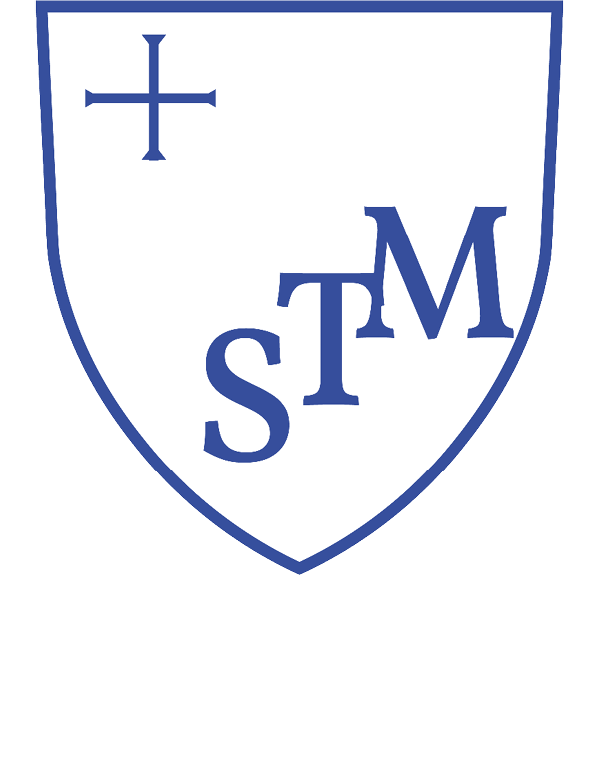Music
At St Martin's, we believe that music is a powerful form of expression and a vital part of every child’s education.
Through the Charanga Model Music Curriculum, we offer a high-quality, inclusive programme that nurtures creativity, builds confidence, and develops musical understanding. We are proud to work with SIPS Music, who provide expert-led whole-class instrument tuition across Key Stage 2.
As part of this provision, children in KS2 have the opportunity to learn to play musical instruments such as the trumpet and clarinet as a whole class. These sessions not only teach technical skills and musical notation but also encourage teamwork, perseverance, and a shared sense of achievement through ensemble playing.
Our curriculum is carefully sequenced to ensure progression in the key areas of musical learning: listening and appraising, singing, playing instruments, improvising, composing, and performing. Pupils explore a wide range of musical styles, genres, and traditions from around the world, helping them develop a broad appreciation of music and its cultural significance.
Lessons are designed to be engaging and accessible, with opportunities for pupils to work both independently and collaboratively. Musical vocabulary and notation are introduced gradually, enabling children to communicate their ideas and reflect on their musical experiences.
By the end of Key Stage 2, pupils will have developed the skills to perform with control and expression, compose using key musical elements, and listen with understanding and enjoyment.
At St Martin's, music is not just a subject—it’s a celebration of creativity, culture, and connection.
Big Ideas
Our music curriculum is built on the belief that every child is a musician. Through Charanga and specialist instrumental tuition, we nurture creativity, expression, and musical understanding. Big ideas include listening, performing, composing, and appraising. Pupils explore the interrelated dimensions of music—pitch, rhythm, dynamics, tempo, timbre, texture, and structure—through practical, engaging experiences. Music is taught as a spiral curriculum, revisiting concepts with increasing depth. Children develop confidence, collaboration, and cultural awareness through solo and ensemble work. Our curriculum promotes a lifelong appreciation of music and empowers pupils to express themselves through sound, movement, and performance.
Content
Our music curriculum covers all elements of the National Curriculum for music. Pupils engage in singing, playing tuned and untuned instruments, composing, improvising, and performing. Charanga provides structured units that include listening and appraising, musical activities, and opportunities to create and share music. Children explore a wide range of genres, styles, and traditions, from classical and jazz to pop and world music. In addition, pupils receive specialist tuition in trumpet and clarinet, enriching their musical experience and developing instrumental skills. The curriculum also includes music theory, notation, and historical context, ensuring a broad and balanced musical education.
Sequencing
Our music curriculum is sequenced to build musical knowledge and skills progressively from Reception to Year 6. Charanga follows a spiral model, where key concepts are revisited and deepened over time. Each unit builds on prior learning, allowing pupils to develop fluency and mastery in musical elements. Instrumental tuition is sequenced to support technical development and musical understanding, with pupils progressing from basic techniques to more complex performance skills. The curriculum ensures that children experience a wide range of musical styles and contexts, with opportunities to apply their learning in performances and creative tasks throughout the year.
Oracy and Vocabulary
Oracy and vocabulary are central to our music curriculum. Pupils learn to describe musical elements using precise terminology such as pitch, tempo, dynamics, and timbre. Through Charanga’s structured lessons and instrumental tuition, children engage in discussions, reflections, and evaluations of music. Teachers model musical language and encourage pupils to articulate their ideas confidently. Singing, composing, and performing provide rich opportunities for expressive communication. Vocabulary is revisited regularly to support retention and deepen understanding. Oracy activities help pupils develop listening skills, musical reasoning, and the ability to express their musical preferences and interpretations clearly and thoughtfully.
Assessment of Pupils
Assessment in our music curriculum is both formative and summative. Teachers use observation, questioning, and performance tasks to assess pupils’ musical understanding and progress. Charanga provides assessment frameworks with clear learning outcomes and “I can” statements to guide evaluation. Pupils demonstrate their skills through singing, playing, composing, and reflecting on their work. Instrumental tuition includes regular feedback and performance opportunities to monitor progress. Assessment informs planning and supports personalised learning, ensuring all pupils are challenged and supported. This approach helps track musical development over time and celebrates pupils’ achievements in both classroom and instrumental music.
Reasonable Adjustments for Pupils with SEND
Our music curriculum is inclusive and accessible for all learners. Lessons are designed with clear routines, visual aids, and differentiated activities to support pupils with SEND. Charanga’s flexible resources allow teachers to adapt content and delivery to meet individual needs. Instrumental tuition is personalised, with adjustments made to support physical, sensory, or cognitive challenges. Pupils are given additional time, simplified instructions, and alternative ways to engage with music. Opportunities for repetition, small group work, and multi-sensory experiences help reinforce learning. Our approach ensures every child can participate in and enjoy music, regardless of ability or background.
